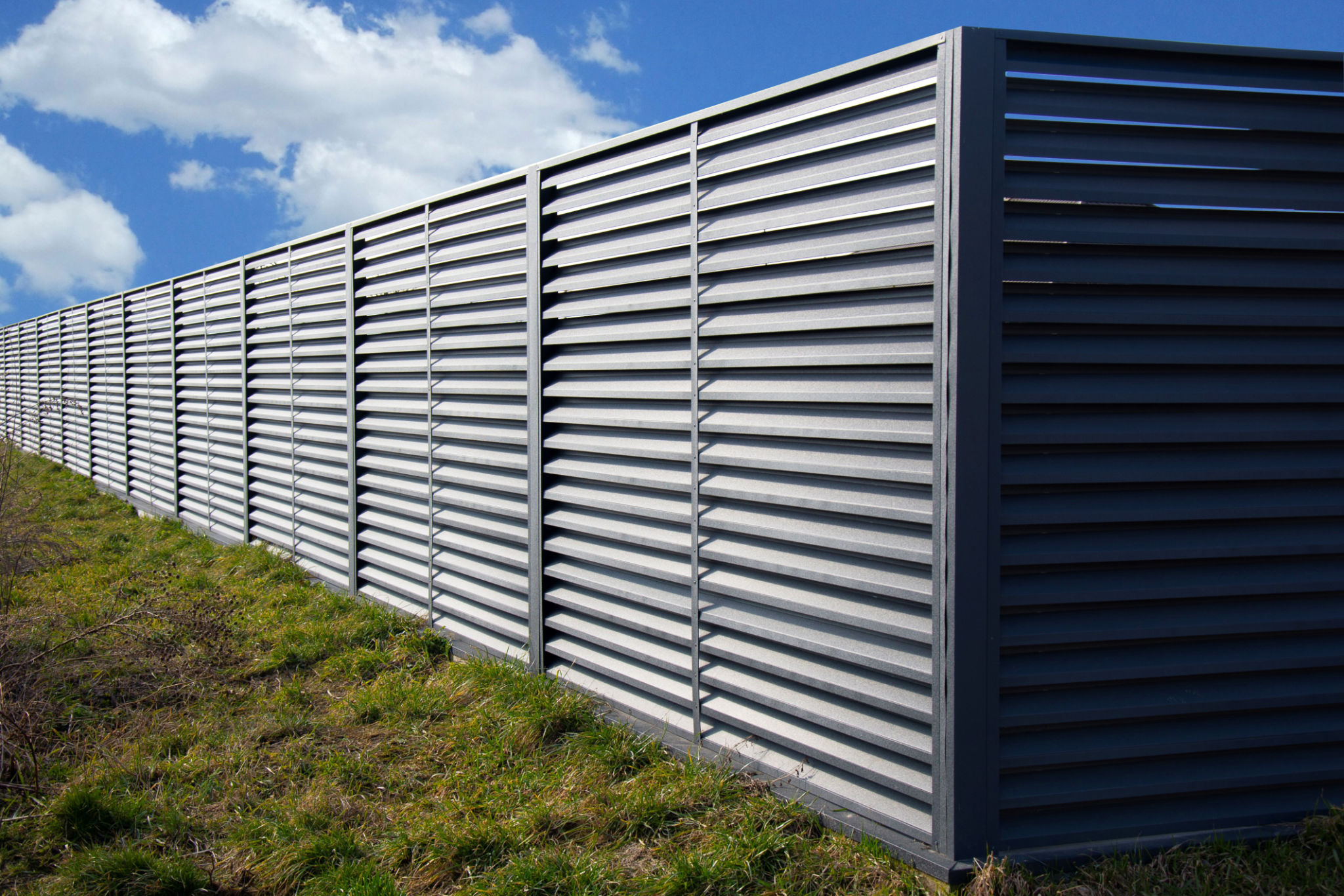A Comprehensive Comparison: Aluminium Louvres vs. Traditional Ventilation Options
Introduction
When it comes to maintaining optimal indoor air quality and temperature, choosing the right ventilation system is crucial. Two popular options are aluminium louvres and traditional ventilation systems. Both have their unique advantages and potential drawbacks. This article aims to provide a comprehensive comparison to help you make an informed decision.

Design and Aesthetics
Aluminium louvres are known for their sleek, modern design. They are often chosen for contemporary buildings due to their clean lines and ability to blend seamlessly with architectural elements. In contrast, traditional ventilation options, such as vents and fans, can sometimes detract from the overall aesthetic of a space, especially if not integrated thoughtfully.
The versatility in the design of aluminium louvres allows them to be customized in various shapes, sizes, and colors, ensuring they complement the building's exterior or interior design. Traditional options may not offer the same level of customization and may require additional efforts to integrate into a building's design scheme.
Performance and Efficiency
When it comes to performance, aluminium louvres offer excellent control over airflow. They can be adjusted to regulate the amount of air entering or leaving a space, making them highly efficient. This level of control is particularly beneficial in maintaining energy efficiency, as it helps reduce heating and cooling costs.
Traditional ventilation systems often rely on mechanical components, which can lead to higher energy consumption. Fans and ductwork can be effective but might not offer the same level of precision in airflow control as aluminium louvres. The simplicity of louvres also means fewer moving parts, leading to reduced maintenance needs and costs.

Durability and Maintenance
Aluminium louvres are highly durable, resistant to rust, corrosion, and other environmental factors. This makes them an excellent choice for long-term use, particularly in areas with harsh weather conditions. Their durability ensures they maintain their functionality and appearance over time with minimal maintenance.
In contrast, traditional ventilation systems can be prone to wear and tear. Components like fans and filters may require frequent maintenance or replacement, leading to higher long-term costs. Additionally, traditional systems may need regular cleaning to prevent dust and debris buildup, which can affect their efficiency.
Cost Considerations
The initial cost of installing aluminium louvres can be higher than some traditional ventilation options. However, their long-term benefits, such as low maintenance and energy efficiency, often outweigh the upfront investment. The cost savings on energy bills and reduced maintenance needs can make aluminium louvres a cost-effective choice over time.

Traditional ventilation systems might have a lower initial cost but can incur higher expenses in terms of energy consumption and maintenance. When evaluating costs, it is essential to consider the full lifecycle expenses rather than just the initial investment.
Conclusion
Choosing between aluminium louvres and traditional ventilation options depends on various factors including design preferences, efficiency needs, maintenance capabilities, and budget constraints. While aluminium louvres offer modern aesthetics, durability, and energy efficiency, traditional systems might appeal due to their initial cost-effectiveness.
Ultimately, understanding the specific requirements of your building and weighing these factors will guide you in selecting the most suitable ventilation solution for your needs. Whether prioritizing aesthetics or efficiency, both options have their place in modern building design.